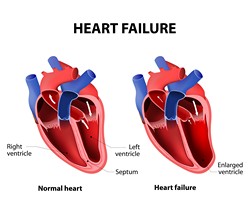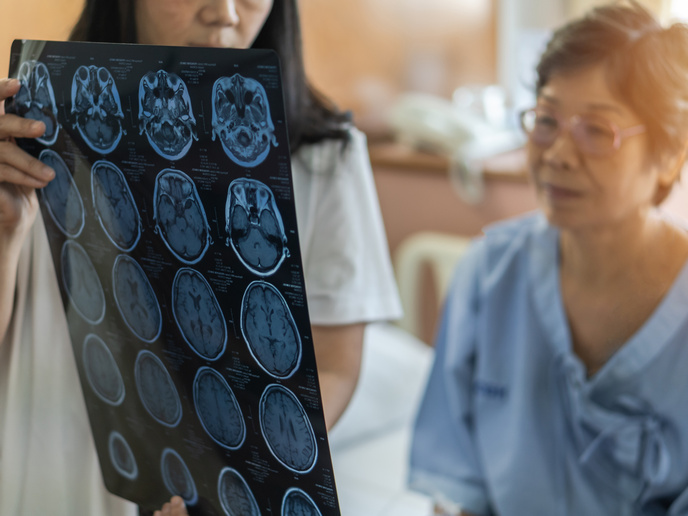Therapeutic potential of homoarginine in cardiovascular disease
The main forms of CVD are stroke and coronary heart disease (CHD), a condition where insufficient blood reaches the heart muscle due to atherosclerotic narrowing of the arteries. This manifests as angina or life-threatening myocardial infarction (MI), conditions which, over time, may lead to heart failure (HF). . Recent studies have shown that patients with low plasma levels of an amino acid homoarginine have an increased risk of stroke, MI and HF. The H4H(opens in new window) (Exploring the therapeutic potential of homoarginine in experimental models of ischemia reperfusion injury and chronic heart failure) project has explored the role of the homoarginine pathway. The goal was to find application in risk-stratification, prevention, and novel treatment strategies for CVD. Researchers enlisted experimental models of HF, in vivo imaging and left ventricular catheterisation as investigative and transferable technologies. Additionally, single cell experiments were used to study calcium handling in heart cells, cardiomyocytes, as defective calcium homeostasis can play a part in HF. H4H also performed a broad range of cutting edge biochemical assays such as the biotin switch assay and nitric oxide (NO) synthase activity assay, as well as NO bioavailability, biopterin and superoxide quantification measurements – all factors that could link homoarginine levels to risk of CVD and HF. Each year, CVD causes over four million deaths in Europe alone. The H4H project has provided new insights into CVD pathophysiology and included much-needed potential therapeutic options.







